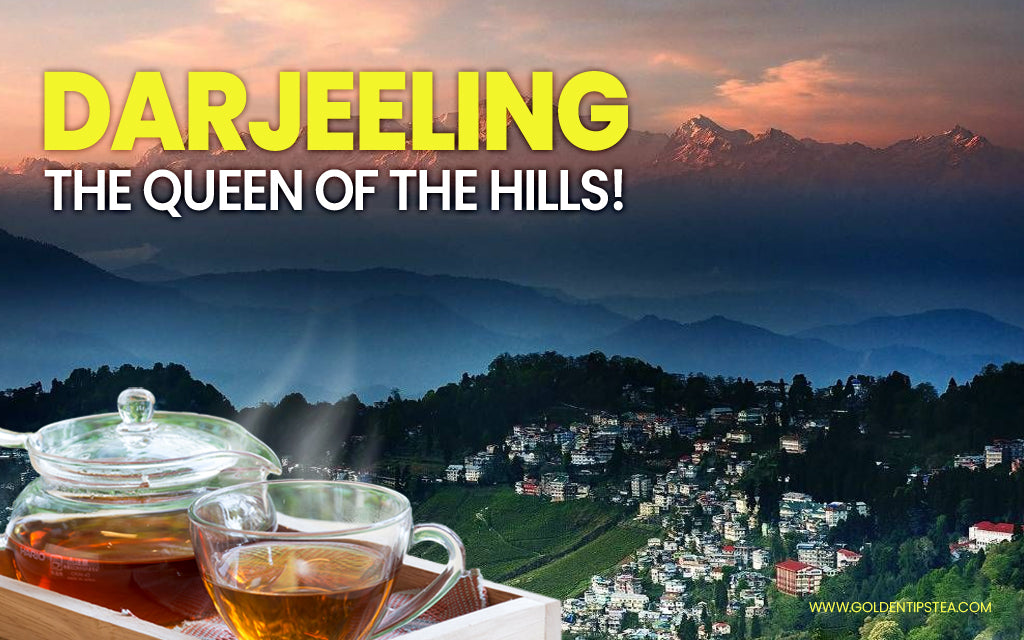
The Champagne of Teas Part 2: Darjeeling Region
In Part 1 of our series on Darjeeling First Flush teas, we looked at the characteristics of the Darjeeling First Flush and how it differed from later flushes in the year.
In this part we’re going to look at the characteristics of the Darjeeling region where the tea is grown, and also learn a bit about the rich history of the region and how it was shaped by the introduction of Darjeeling tea in the 1850s.
Darjeeling and Its Tea
It’s impossible to talk about Darjeeling First Flush tea without mentioning the West Bengal region of Darjeeling where it’s grown. Darjeeling First Flush derives its unique natural flavours from the extraordinary location where it’s grown.
The landscape of the Darjeeling region is characterized by misty rolling hills and massive pine trees that provide a unique view for visitors seeing the region for the first time. The tea estates and gardens where Darjeeling is grown are located at elevations between 2000ft and 5000ft. Its hilly slopes are lined with fertile soils that are fed by an ample 3100mm of rainfall annually.
This setting makes for the brief conditions during early spring where Darjeeling First Flush is harvested. The short length of the harvesting season for Darjeeling First Flush makes it highly sought after by tea connoisseurs. This high demand coupled with the limited supply makes it more expensive than other varieties of tea. It can often be found for sale at auctions due to the limited quantity available.
Darjeeling Tea Estates
There are a total of 87 tea estates in the Darjeeling region that have been licensed to produce Darjeeling tea by the Tea Board of India. These tea estates cover an area of 17,500 hectares and produce 10,000 tons of tea per year. However, it is estimated that around 40,000 tons of “Darjeeling” tea are sold every year, implying that the issue of counterfeit tea being sold as authentic Darjeeling remains widespread.
The first Darjeeling teas were grown in 1850 by the British Government, and while ownership of the tea estates may have changed hands since then, the techniques for growing and harvesting Darjeeling have remained largely unchanged.
Preserving Traditions
Darjeeling tea leaves are still picked by hand to preserve the integrity of the tea bushes to harvest later flushes and to also provide employment to the many locals who have lived in the region for generations.
The tea industry in Darjeeling employs approximately half the locals living in the region either directly or indirectly. Since tea harvesting began in Darjeeling, the region has expanded from a small property to a bustling tourist town that boasts other attractions such as the famous Darjeeling Himalayan Railway, which has been designated as a UNESCO World Heritage Site, and Tiger Hill.
With the beginning of First Flush season, the current months are a great time to visit the Darjeeling region and view the first flush harvesting up close and learn what makes Darjeeling First Flush the Champagne of Teas.









